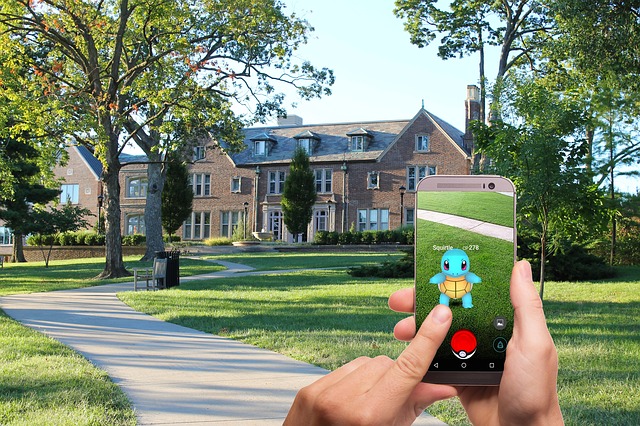Augmented reality (AR) technology is one of the most exciting advancements of our time. It can generate empathy and new perspectives by transporting people, sometimes literally, into the shoes of another person with no barriers in time or space. Not surprisingly, many industries are considering the technology’s potential to improve customer experience.
Using Technology to Enhance Customer Experience
The museum industry is among the pioneers who are embracing this opportunity. Museums are currently facing a period of financial stagnation, with costs and insurance premiums rising and government funds dwindling. Many are forced to delay projects, downsize exhibitions, and even lay off staff. Forward-thinking museums, though, are embracing new technologies that enable visitors to have deeper connections with exhibits.
For example, the Terracotta Warriors exhibit at the Franklin Institute in Philadelphia was AR-enhanced, with visitors able to see more detailed representations of how the sculptures and weapons looked through their AR app. They also have a Virtual Reality Demonstration Space, an immersive VR zone where you can go inside the human body, tour the solar system, walk around Chernobyl, peek into a brain, and more.
Researchers at the School of Sport, Tourism and Hospital Management are studying how these new technologies can be best deployed in fields where consumers still crave authentic experiences.
AR and VR: Technological Innovation Creates New Research Space
While virtual reality is a fully immersive experience (think of the VR headsets and being transported to a simulated environment), augmented reality is simply an enhanced version of reality created by adding information (image, text, or effects) to real places or objects using a piece of technology.
Despite the extensive discussions around the applications of AR technology, little research has been done on what kind of immersive experiences are best to use on visitors. Zeya He, an STHM PhD student, alongside professors Laurie Wu and Robert Li, recently examined the impact of different types of AR enhancements. Their paper, “When art meets tech: The role of augmented reality in enhancing museum experiences and purchase intentions,” will be published this fall in Tourism Management.
He, Wu, and Li recruited more than 200 participants for their online study and gave them video simulations of an AR-enhanced scene. The video showed a museum scene with Vincent Van Gogh’s painting Starry Night Over the Rhône, testing visual and text animations on the painting itself: glimmering stars, reflections on the river, a couple strolling on the bank, and added verbal information. In some videos, the museum environment was also augmented with a visual of gently rippling water, testing virtual alterations to the museum’s ambience.
The researchers wanted to see what the participants found most engaging: adding animation to the different aspects of the painting, adding text over the painting, or adjusting the “virtual presence” by making the museum environment match that of the painting.
Enhancing Reality vs. Depriving Imagination
Though we might expect the most AR-enhanced scenario to have been the most highly rated, participants liked the one with the additional text and added ambience the most. The participants said the animation of the painting itself felt too intrusive. “It seems that technology may sometimes help create meaningfulness and excitement, but it can also make you think less, become less engaged,” He explains. While environmental visual cues can improve connection with an art piece, visual enhancement of the actual object seems to deprive the viewer of the freedom of imagination. Participants felt that they could no longer appreciate the painting itself with the added technological visualization, but the added text actually helped guide their eye to aspects of the painting and deepened their understanding.
Looking to the Future
Though doing the study online had certain benefits, such as eliminating other possible confounding factors, further research is needed to test the effects of different kinds of technological enhancements of the museum experience, especially real AR technology in real museum spaces. The effects and results may also differ depending on the context, and the type of museum or exhibit.
“[These] results can be used by museums directly to design their content, but we also need to continue doing research on how it is possible to balance the excitement that technology brings and the meaningfulness the museum is trying to create,” He says. “So, it is the degree of technological enhancements that really matters, how we design the technology really matters.”

